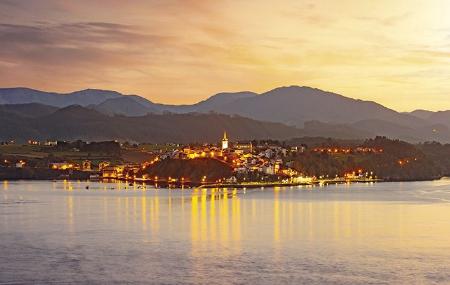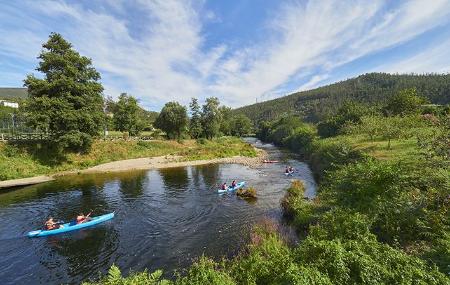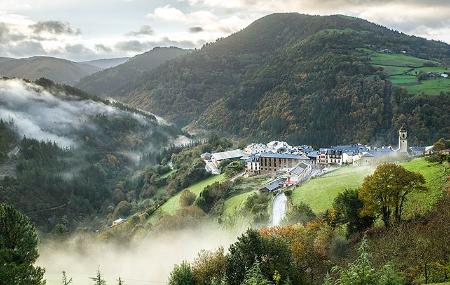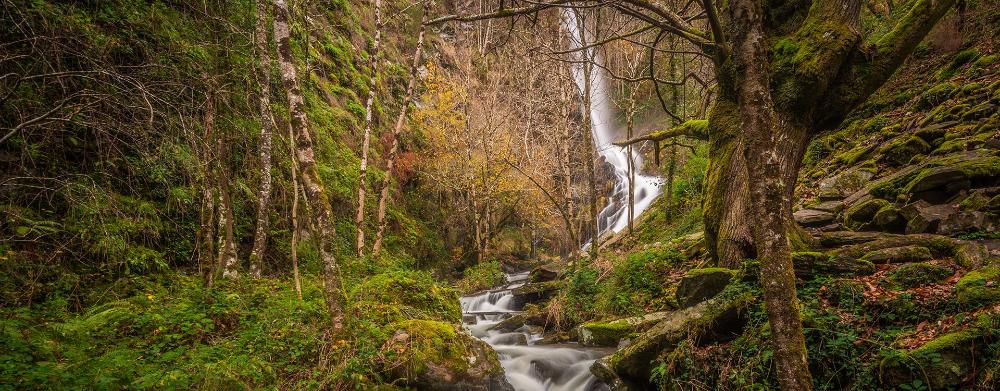
- Title Castropol, Taramundi, San Tirso de Abres, Vegadeo, San Martín de Oscos, Santa Eulalia de Oscos and Villanueva de Oscos Western Asturias
- Extension Extension: 1588 km 2
- Open to the public Open to the public: All year round
- Maximum elevation Maximum elevation: 1,202 m. at A Bobia Peak
- Interpretation Centre of the Eo Estuary - (Castropol).
- Ethnographic Ensemble of Os Teixóis and Museum of the Mills of Mazonovo (Taramundi).
- Ethnographic Museum of Esquíos (Taramundi).
- Ethnographic Ensemble of Mazonovo (Santa Eulalia de Oscos).
- Birthplace of the Marquis of Sargadelos (Santa Eulalia de Oscos).
- Ecomuseum of Bread (Villanueva de Oscos).
- Routes: Green Path San Martín de Oscos, Route of the Forests of Villanueva de Oscos, Waterfall Cioyo (Castropol), of the Minas (Castropol).
- Protected sites within the Reserve: Natural Monument of the Beach of Penarronda (Castropol y Tapia de Casariego).
- Flora and fauna observation: River salmon farm Eo (San Tirso de Abres), migratory birds in the estuary del Eo (Castropol y Vegadeo), riparian vegetation and mixed forests.
- As Veigas (Taramundi).
- Monastery of Santa María de Villanueva (Villanueva de Oscos).
The Biosphere Reserve of Rio Eo, Oscos and Terras de Burón was declared as such by UNESCO in 2007, making it the first community to be awarded this status outside the network of protected natural areas. It is also the first to be shared by two autonomous communities, Asturias and Galicia.
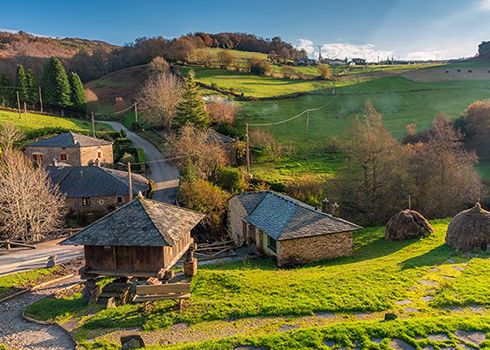
This reserve covers seven Asturian municipalities and encompasses a total of 1,600 square kilometres, and home to approximately 34,000 inhabitants. They are territories united and linked by the fluvial axis of the river Eo and its mouth.
This area has a wide variety of landscape units. In addition, its rich natural heritage is associated with the mouth of the Eo river and the valleys of the river basins that form the backbone of the area, allows you to enjoy beautiful beaches and steep cliffs. The optimal conservation of its forest formations are a good representation of the western Cantabrian mid-mountains, and no less important is the ethnographic and architectural richness of the area.
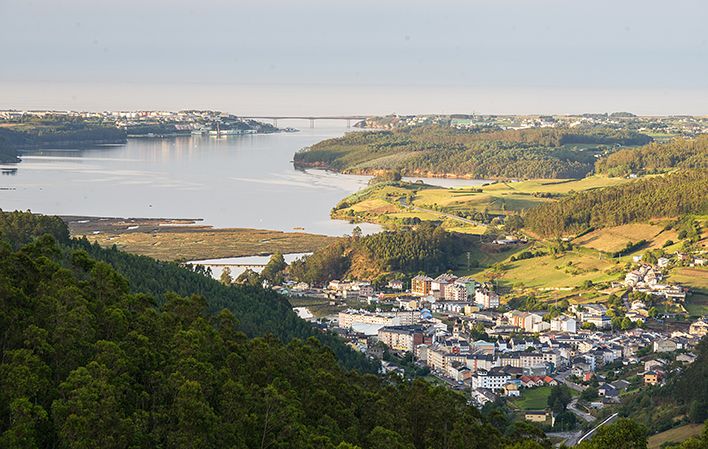
In its declaration as a Biosphere Reserve, UNESCO recognises the work of the local people in favour of sustainable development, that favours growth while respecting the conservation of landscapes, ecosystems, species and genetic diversity. It is a site set in territories that have suffered for centuries from the consequences of centuries of isolation, but which it has been able to overcome by making good use of opportunities for the development of pioneering projects in the international arena, of sustainability and rural tourism; all of this, together with its natural and environmental values, to its landscape values, its economic activities and its cultural and ethnographic heritage has enabled this area to continue to make progress and orderly and sustainable development. The landscape values of this area are undeniable, but above all it highlights its historical trajectory of social and economic action, as well as heritage conservation.
The undeniable natural beauty of the Principality is evident in its five territories recognised as Biosphere Reserves, and that a third of its territory - 340,000 hectares - has some form of conservation status.
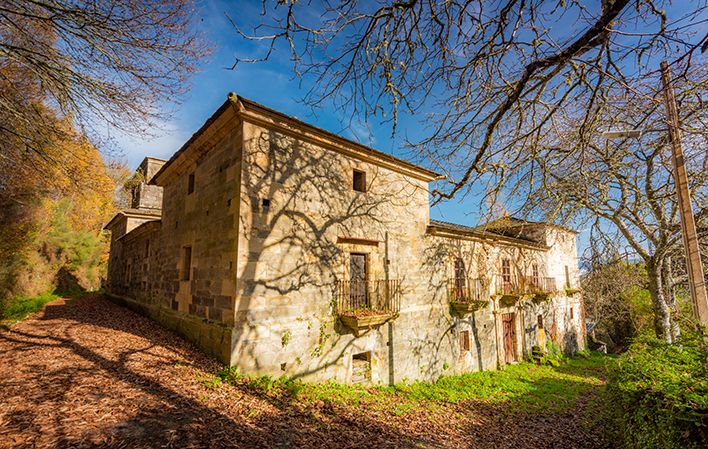
It was declared a Biosphere Reserve in 2007.
Plant life
What stands out in relation to its rich and varied plant life is the magnificent conservation of its forests, thanks to the fact that the area has been fairly isolated.
There are outstanding forests of sessile oak (a species that withstands drier soils and is often found in the form of hybrids along with pedunculate oak), chestnut, birch and pine, as well as mixed broadleaf forests, composed mainly of oak, chestnut and birch.
Riverbank forests formed by alder, willow and ash, as well as maple and hazel, also occupy substantial areas.
Other protected species such as holly and yew can also be found in this natural area. Wild cherry, walnut and laurel round off the list of major plant life in the area. The shrub or scrub species include broom, heather and strawberry trees.
Wildlife
The wild boar, fox and deer are the most representative animals of this part of western Asturias, although small mammals such as the otter, pine marten, beech marten, civet cat, badger and weasel are also very common in the forests, especially in rocky areas around streams. The common buzzard, honey buzzard and kestrel are the most common birds of prey in these skies.
This designation affects an area of 1,600 square kilometres occupied by 14 municipalities (seven Asturian and seven Galician), in which the river Eo serves as a link between the two areas and is the main protagonist, creator of the landscape and articulator of the Oscos-Eo territory.
It starts in the province of Lugo, in Fonteo, and after 90 kilometres it ends its journey in the exceptional landscape of the estuary. Its basin is the sum of two lands, Asturias and Galicia, which it separates and unites in a common culture.
CEDER Oscos-Eo
33770 A Veiga/Vegadeo
985 476 509
ceder@oscos-eo.net

